The Unseen Realities of the Berlin Wall
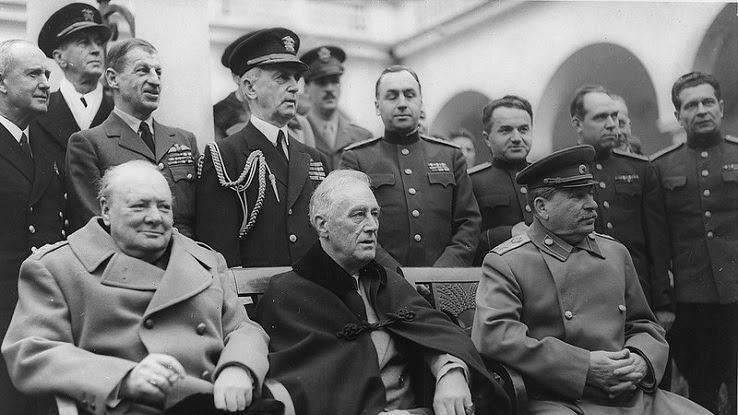
History is filled with moments, movements and regimes that are more than disturbing. While we might think of genocides and dictatorial governments as acts and influences of sheer evil, other, more physical remnants of history are not always associated as directly with terror or atrocities — though they probably should be.
The Berlin Wall is a tangible piece of history that older generations are very familiar with and that even young people may be generally aware of. But learning its full history might surprise (and shock) you.
The Soviet Union Was Behind the Wall
One founder of the German Democratic Republic, Walter Ulbricht, was a communist who deserves plenty of blame in how East Germany ultimately disintegrated into tyranny. But after WWII, East Germany was a puppet state of the Soviet Union, and much of what went on in the state was mandated by the U.S.S.R.
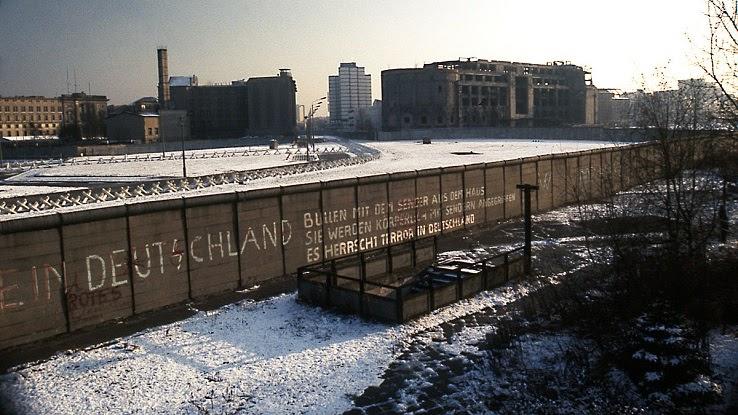
The Berlin Wall, which was constructed primarily to keep residents of East Berlin from fleeing to the freer, more prosperous West Berlin, is largely thought to be the idea of Soviet premier-at-the-time, Nikita Khrushchev. Still, there is plenty of blame to go around.
Four Zones, Two Berlins
The roots of the Berlin Wall came from the Yalta Conference, a meeting of Soviet and Allied leaders after the conclusion of WWII. At that conference, it was decided that Germany would be divided into four parts, with three Allies (Britain, France and the United States) taking western zones, and the Soviet Union taking sections in the eastern parts of Berlin and the country of Germany.
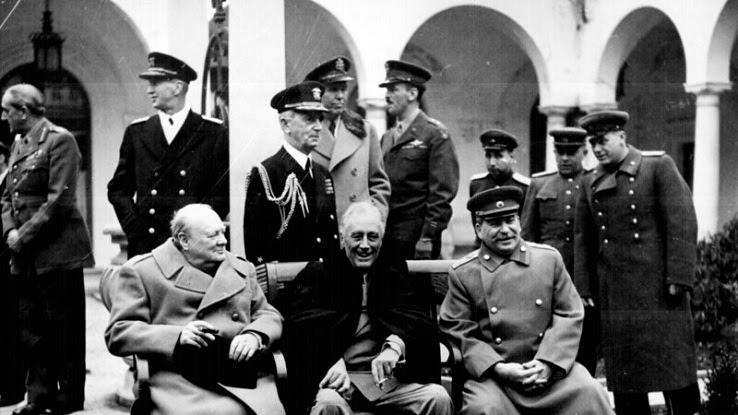
Though Berlin was located in the eastern (Soviet) portion of Germany, it too was divided into four zones, with roughly half in the hands of the collective Allies and half under control of the Soviets. These divisions laid the seeds of the Berlin Wall.
The Berlin Wall(s)
While the name of the wall is seared into history, and the name implies that there was a single wall dividing Berlin in half, this isn’t completely accurate. The wall was actually constructed as two parallel walls with a space in the middle that was commonly referred to as the “Death Strip.”
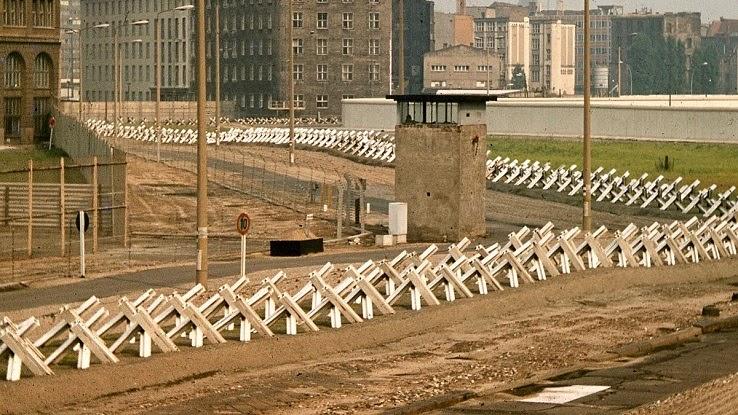
The Death Strip was intended to make it more difficult for would-be escapees to hop the wall, as they’d have to get past barbed-wire reinforcements, guard towers and roving watchdogs to do so. This was not an easy feat.
A Church Caught in Between
Berlin was never designed to have a wall bisecting the city, and when construction began, certain buildings inevitably got in the way or had to be built around. Because the Berlin Wall actually consisted of two walls, it was possible for buildings to fall between the two in the no man’s land-type Death Strip.
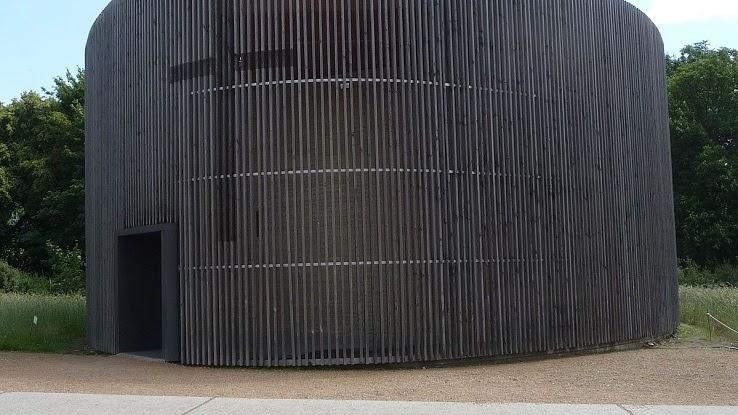
One of the buildings that was unfortunate enough to fall in the path of the wall was a church. Named the Church of Reconciliation, it closed its doors once the Berlin Wall went up, and there’s now a memorial where it stood.
Construction Began at Night
Despite the party line from East German and Soviet officials that the Berlin Wall was an above-board solution for keeping out fascists, everything about its construction indicates that they wanted it built quickly before East German residents could realize what was truly going on.
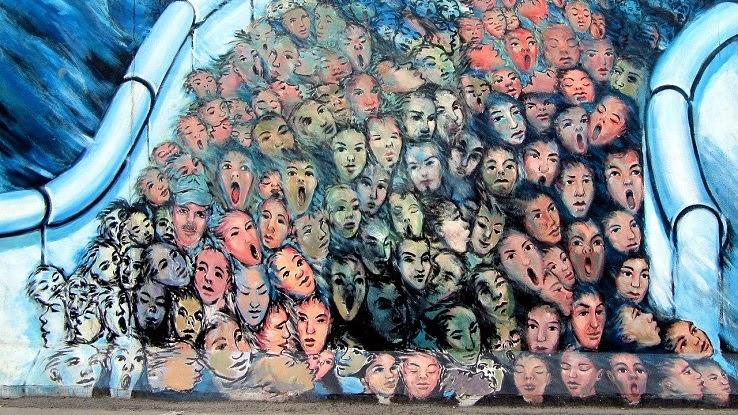
Part of this approach was that construction of the wall began under the shroud of darkness on August 12, 1961, continuing into the next day and proceeding until construction was complete. It ultimately became clear as day that the wall was, in fact, meant to keep people in, as the shooting of defectors soon showed.
All Hands Were on Deck for Construction
Part of what makes the Berlin Wall seem so sinister in retrospect is just how secretive the construction was. It seems clear that this secrecy was aimed at preventing a massive exodus of East Berliners into the western half of the city, but they never had the chance. This was the case because all hands were on deck the night that construction began.
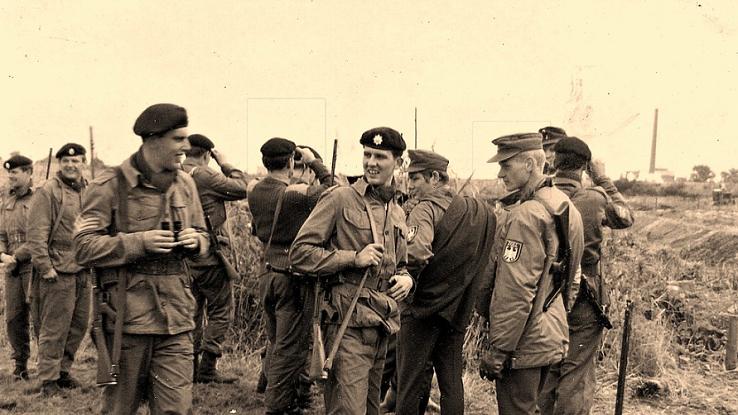
More than 3,000 East German troops worked through the night to construct the wall, while another 4,000 formed a human barrier to those who tried to cross before the wall was complete.
Many People Died Attempting to Cross the Wall
Hundreds of people died attempting to cross the Berlin Wall, especially as the Soviet Union began to collapse and conditions in East Germany became increasingly dire. Accepted estimates put the overall number of those who died trying to cross from East to West Berlin between 100 and 500 people.
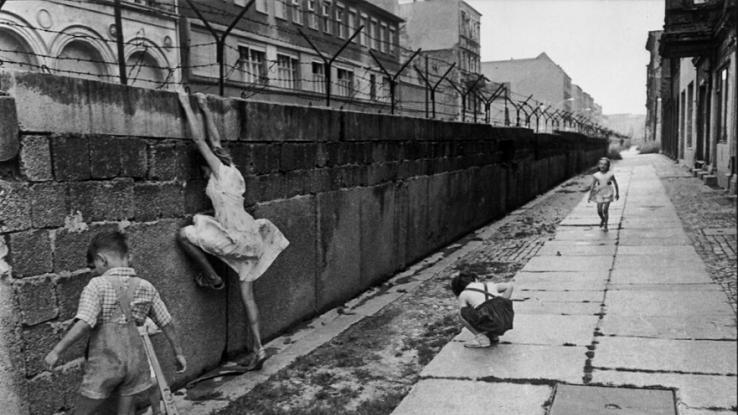
Also noteworthy is the callous nature with which guards treated those who were attempting to escape, with many viewing them as traitors to the communist cause. Those who were shot trying to escape were sometimes left to die slowly, in agony.
The Wall Divided Families
Imagine you have a family member who lives on the other side of the city you call home. Then, one day, without warning, the local government simply begins constructing a wall that divides your home from your relative’s. Completely stupefied and without obvious recourse, would you abandon your home and move into theirs? Or stay?
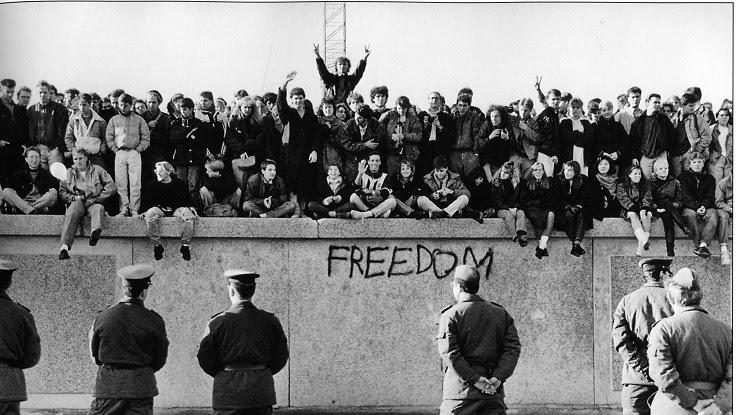
This was a real predicament for many families living in Berlin, and many did not truly understand what was going on. Ultimately, they were separated for long periods, sometimes years, from family members they once saw regularly.
Germans Were Caught in the Mess
The relationship between Germans living in the eastern portion of the country and the Soviets who were granted control of that part of the nation was complicated. While some of the soldiers and citizens sympathized with the communist cause, others did not and were essentially people living under occupation.
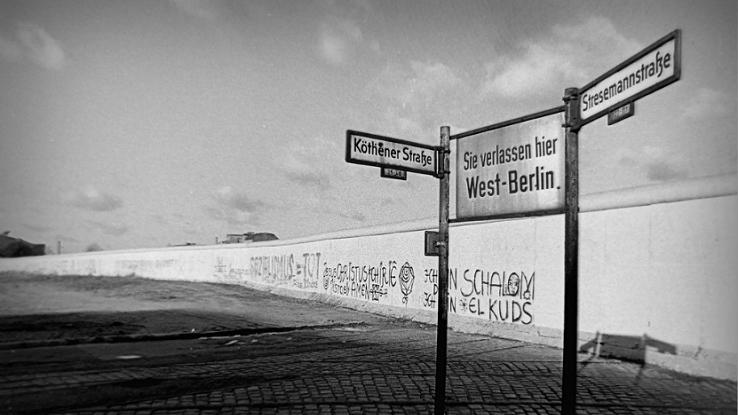
And yet, it was East German soldiers and citizens who were charged with building the wall. Some accounts indicate that many of them did so against their will and hated to see their city being split in two under dire circumstances. But when soldiers with guns insist that you build…you build to spare your own life.
The Bridge of Spies
Spying is an essential part of intelligence gathering — it always has been and probably always will be. And though the Berlin Wall was effective at keeping residents of East Berlin in, it did not serve to ease the minds of East German authorities and their Soviet counterparts. They felt the need to actively monitor those living within their state.
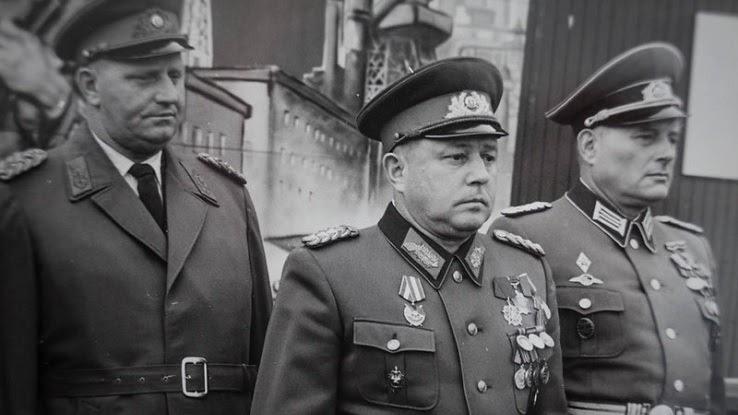
The Stasi was the secret police force of the East German government, and it’s been reported that one in three East Germans was an informant for the Stasi. Wiretaps, letter interceptions and citizen-on-citizen spying were common tactics in East Germany.
The U.S. Was on Board With the Wall
In the wake of World War II and the beginning of the Cold War, there was hope in the United States that the Soviet Union could simply go about its business and the United States could do the same. The goal early on was appeasement, even if that meant the United States giving its blessing for a wall cutting Berlin in half.
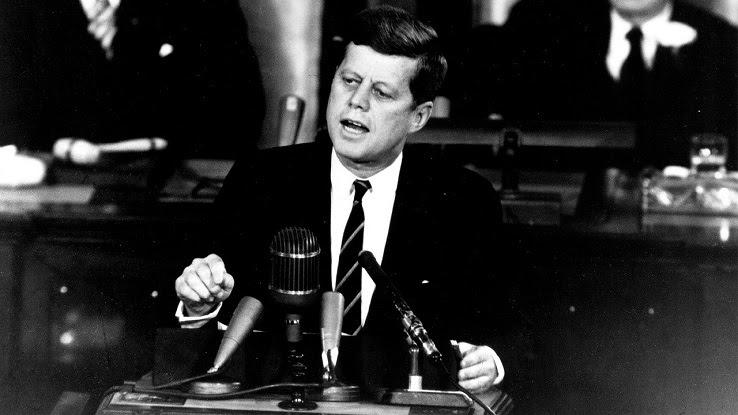
President John F. Kennedy was keenly aware of the tensions mounting between the Soviets and the Americans in Berlin. When he heard of the construction of the wall, he reportedly saw it as preferable to war.
Escaping Was Not Easy
Hundreds of people died attempting to cross from East to West Berlin, but even more crossed successfully. An estimated 5,000 people made it out of East Berlin successfully, but no trip was easy. Some tunneled underground, but those people risked tripping underground alarms that could lead to capture.
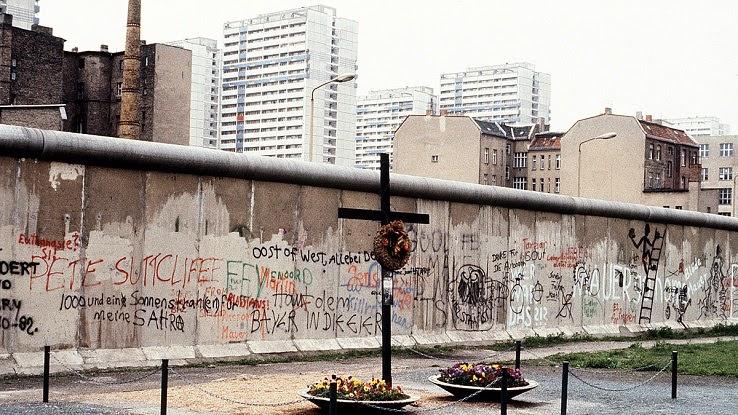
Others attempted to cross via the Spree River, but that could be a cold, wet journey that risked drowning or being caught. One escape route was especially morbid: a tunnel that began in a cemetery on the eastern side of the wall.
Few Were Held Accountable
Communist states, including the Soviet Union, are notorious for not holding those who committed atrocities accountable for their crimes. How could they, after all? It was the leadership of the Soviet Union and East Germany that ordered their underlings to implement something as inhumane as a containing wall in the first place.
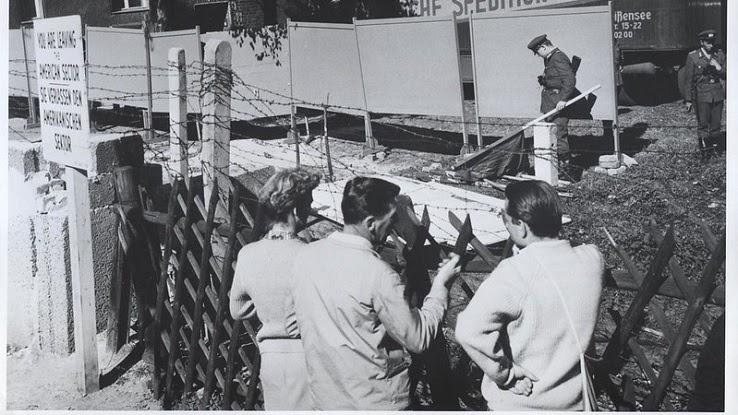
There was hope of justice when Germany reunited and many guards were put on trial for their crimes, including manslaughter. But sentences were mostly light, with one general who was convicted of numerous counts of manslaughter sentenced to only 6.5 years.
The Wall Was Not Installed Immediately
It took a little while for conditions to completely fall apart in East Germany, and it wasn’t immediately apparent after the Soviets took control of East Germany that a wall would be necessary to keep citizens from fleeing. Between 1949 and 1961, there was hope that a stream of defections to the West was an outlier not deserving of concern.
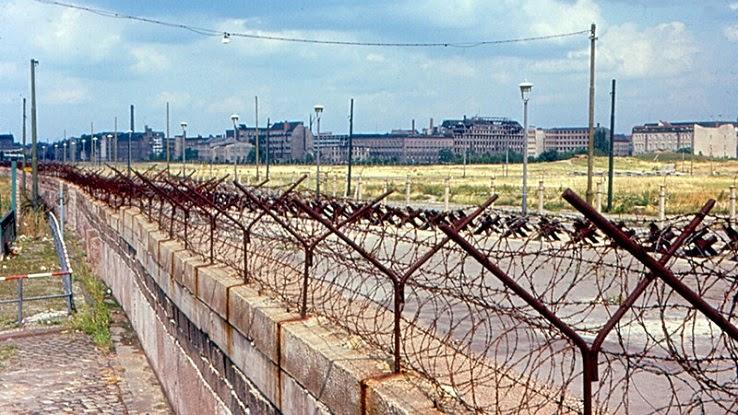
However, in 1961, the Soviet Union finally got on board with a request that East German officials had proposed years earlier — build a wall to put an end to the defections.
Anti-Fascist Protection?
History tells us a truth: The Berlin Wall was erected because East Germans were fleeing the Soviet-controlled nation in droves. This led to the loss of many of the smartest minds in East Germany and was also a tangible indictment of the communist framework.
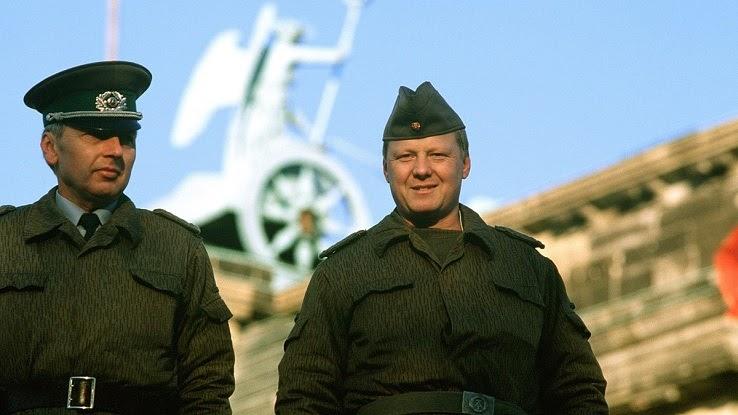
Yet, the East Germans and their Soviet counterparts put a different spin on the situation. They claimed that the wall was not meant to keep people in, but to keep fascists and spies out. The title given to the wall, in German, was “Antifaschistischer Schutzwall,” which translates to “antifascist protection wall.”
Being a Wall Guard Was No Dream Job
One can imagine how difficult it would be to live daily life as a Berlin Wall guard. The border guards of East Germany, known as the Grenztruppen, were under orders to shoot to kill anybody they caught attempting to cross the border into West Berlin. The guards themselves were also, occasionally, victims of this policy.
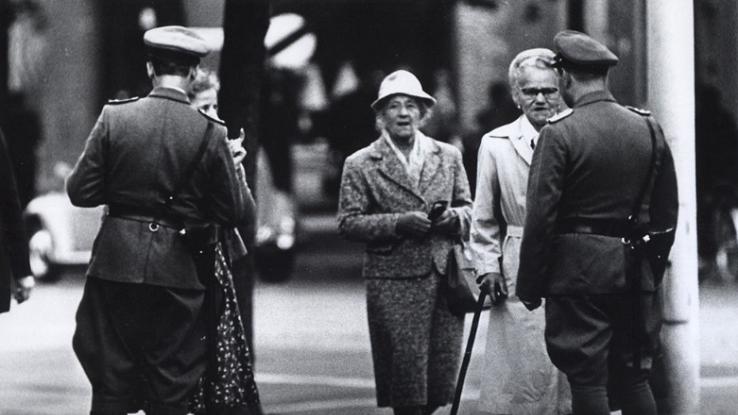
According to a BBC report, 24 East German guards lost their lives while on duty. Circumstances of the deaths varied. Some were killed by those attempting to cross, others were shot by fellow guards, some were killed by West Berlin patrols and others were killed by civilians.
The Numbers Put It Into Perspective
When it comes to security in nations as security-obsessed as East Germany and the Soviet Union, nothing is done willy-nilly. There are arrest quotas, arbitrary as they may be. Everything comes down to numbers, and the numbers show just how cruel and unusual the Berlin Wall was.
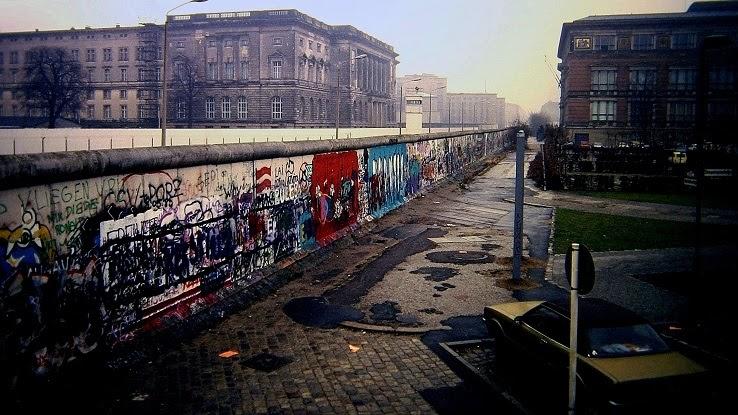
The wall consisted of 302 watchtowers, 20 bunkers, 55,000 land mines and 259 dog runs. The two walls that made up the Berlin Wall system were between 11 and 15 feet high. And the wall was a total of 96 miles long.
Defections From East to West Germany Were Significant
When Germany was divided after WWII between the Allied forces and the Soviet Union, it may not have been immediately clear how different life under these two different cultures would become. However, it didn’t take long for residents of East Germany to realize how restrictive life under Soviet-East German rule was.
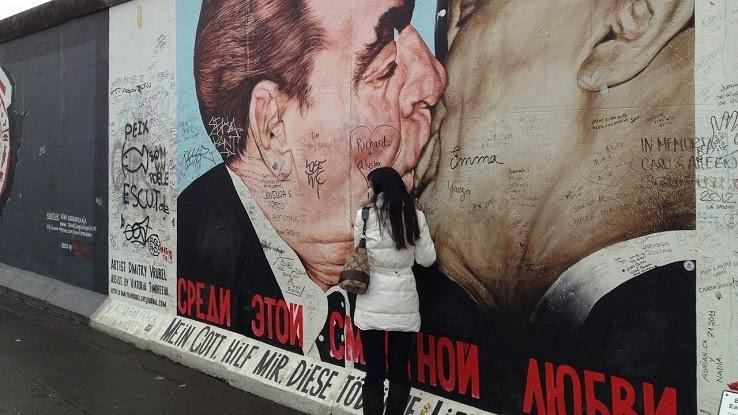
This led to a movement of defectors to West Berlin. This wasn’t just a trickle — at one point, 1,000 people were fleeing each day. As many as 3 million East Germans fled to West Berlin or West Germany before 1961, which prompted the construction of the Berlin Wall.
Berlin Has Been Prominent in American Politics
The story of the Berlin Wall cannot be told without including America. It was America, after all, that laid partial claim to Berlin, along with the French and British. West Berlin was an oasis of freedom within East Germany, which was otherwise occupied by Soviet influence. When the wall went up in Berlin, the ramifications directly affected America.
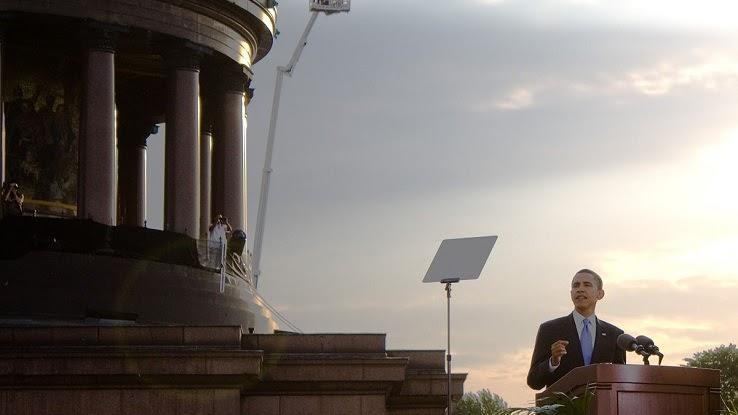
From JFK to Barack Obama, Berlin has been a common thread in American politics. JFK saw it as a way to avert war with the Soviets. Reagan ultimately saw the wall’s demise. Obama touted the wall’s teardown as a sign of progress.
Reunification Was Not Immediate
The Berlin Wall separated the city for several decades, and during that time, the dichotomy between the two cities was stark. Even before the wall went up, East Berlin was a city marked by constant surveillance, latent fear and struggle, and this only continued. It was reflective of the Soviet Union, where going without was a fact of life.

When the wall finally started coming down in 1989, it was only a start towards the reunification of Berlin. Formal reunification took nearly a year, finally happening on October 3, 1990.
Music: A Light in the Darkness
As the Soviet Union began a conservative embrace of modernism beginning with the policy of “perestroika,” which started in the mid-1980s, East Germans began to gradually experience the freedoms of Western culture. Part of the modernization policy was the relaxation of restrictions on music, which may ultimately have contributed to the tearing down of the Berlin Wall.
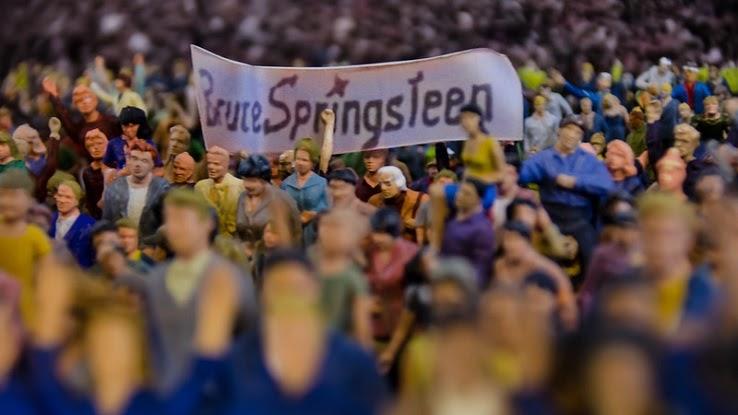
Bruce Springsteen played a concert in East Berlin in 1988, representing a message of freedom that may have contributed to demands from East Berliners that the wall come down. It couldn’t have hurt the cause, at the very least.
The Wall Lasted Beyond Unification of Berlin
The extent of the Berlin wall’s social, political and cultural reach cannot be overstated. It was a two-part barrier that contained West Berlin from the surrounding Soviet-controlled East Germany, including East Berlin. This took significant effort to construct, and even after the decree came for the Berlin Wall to be torn down, it took significant effort to demolish the wall.
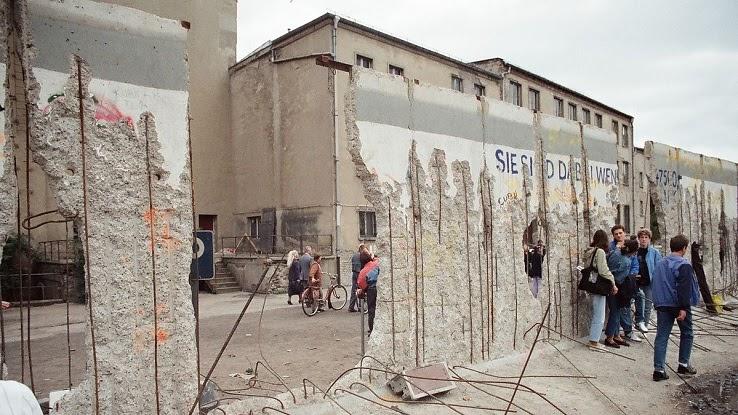
The announcement that the Berlin Wall was to be dismantled came in 1989. The official unification of Berlin did not come until 1990. Demolition of the wall, the final step in ridding the city of the barrier, was not complete until 1992.
Soviets Tried to Compare the Wall to American Immigration Policy
Soviet propaganda was legendary, and the spin that the Soviets and East Germans put on their many controversial decisions and actions, the Berlin Wall included, was meant to make the U.S.S.R. look better and the U.S. and its allies worse.
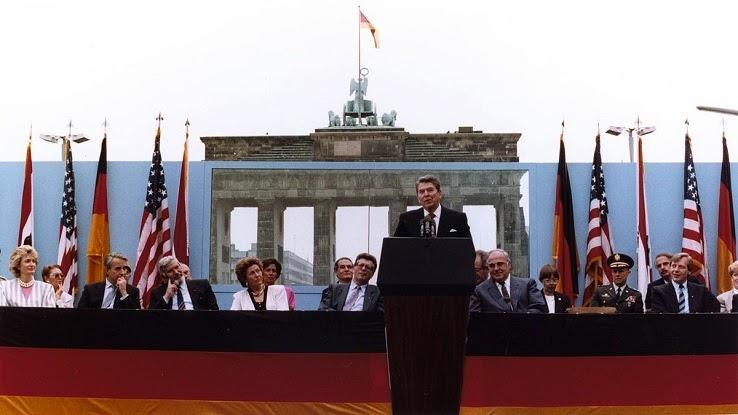
One policy involved claiming that the wall was no different than U.S. immigration policy restricting immigrant inflow. U.S. President Ronald Reagan rebuffed this notion: “The Iron Curtain wasn’t woven to keep people out; it’s there to keep people in,” Reagan said. “The most obvious symbol of this is the Berlin Wall.”
The Last Victim of the Berlin Wall
The Berlin Wall was the cause of hundreds of deaths over the years, but one death may have carried a bit more significance. Chris Geoffroy moved to Berlin when he was 5, and all that he knew for most of his life was East Berlin. When he reached his twenties, he made up his mind to flee East Berlin.
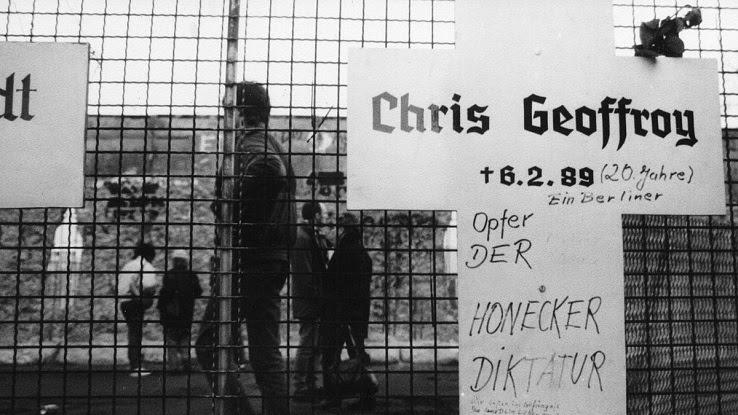
Geoffroy and a friend believed on the night of February 5, 1989, that it was safe to cross the wall into West Berlin. It was not. Geoffroy was shot and killed, becoming the last victim to die crossing the wall.
Two Sides of the Same Wall
The two sides of the Berlin Wall could not have been more starkly contrasting. In the East, citizens lived under tyranny, dependent on the communist government for most aspects of their life, from food to electricity. The West was marked by freedom and economic prosperity.
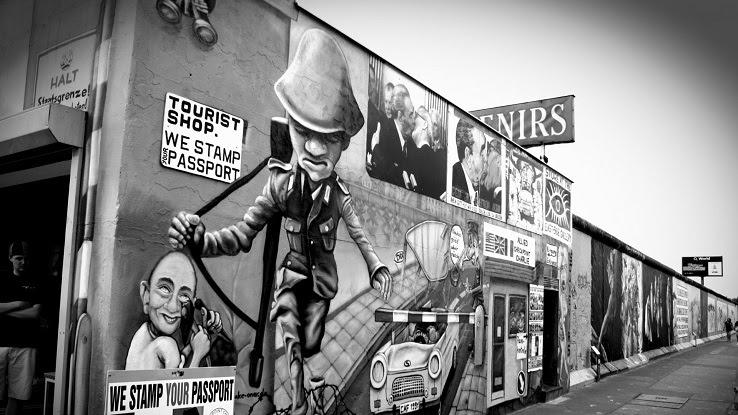
This dichotomy was reflected by the wall itself. On the West side of the wall, graffiti showed the freedom of artistic expression that Western values offered. On the East side, the wall was free of any kind of adornment because those who even approached the wall risked being shot.
Ronald Reagan’s Speech Was Not Immediately Effective
American President Ronald Reagan gets credit for taking a strong stance against the existence of the Berlin Wall. In 1987, Reagan traveled to Berlin and gave a speech that’s remembered as one of the more important in history. It included the demand that then-Soviet General Secretary Mikhail Gorbachev “tear down this wall.”
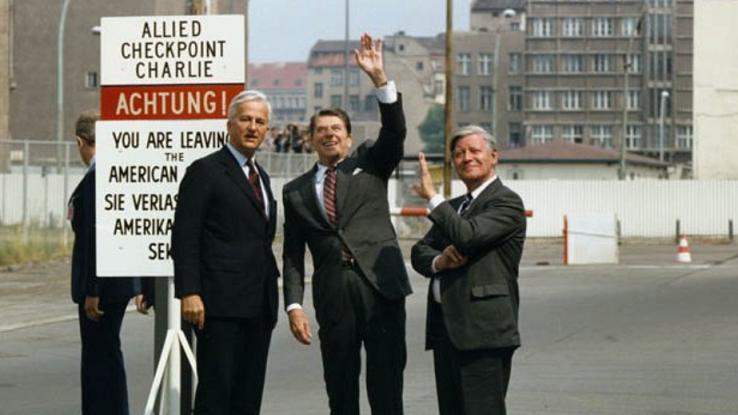
Some believe this speech contributed to the fall of the Berlin Wall. More than two years passed between Reagan’s speech and the end of containment in East Berlin. It’s likely that a declining Soviet Union had more to do with its relinquishing East Berlin and East Germany.
The Fall of the Wall Was a Mistake
While the fall of the Berlin Wall looks inevitable in the hindsight of history, the events that led directly to its demise were not intentional. The story goes that a spokesman for the East German Socialist Unity Party of Germany misinterpreted notes that he was transmitting across national airwaves.
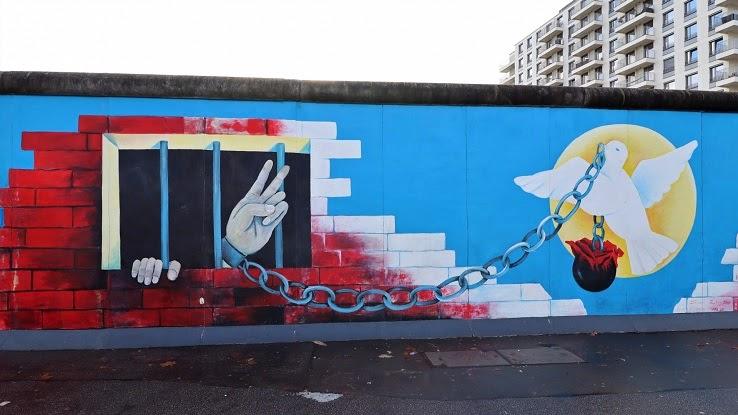
The spokesman, Günter Schabowski, stated on November 9, 1989, that all East Germans were permitted to cross into West Berlin immediately. Apparently, the government meant for the announcement to come out the morning after, and to state that citizens could only leave with a travel visa. The damage was done.
When the Wall Fell, the Party Began
There’s nothing quite like a party that takes three decades to pop off. Construction of the Berlin Wall began in 1961, and the official end of the wall occurred with its dismantling in 1989. During those years, countless civilians living in East Germany suffered a quality of life far less prosperous and free than their brethren in West Berlin.
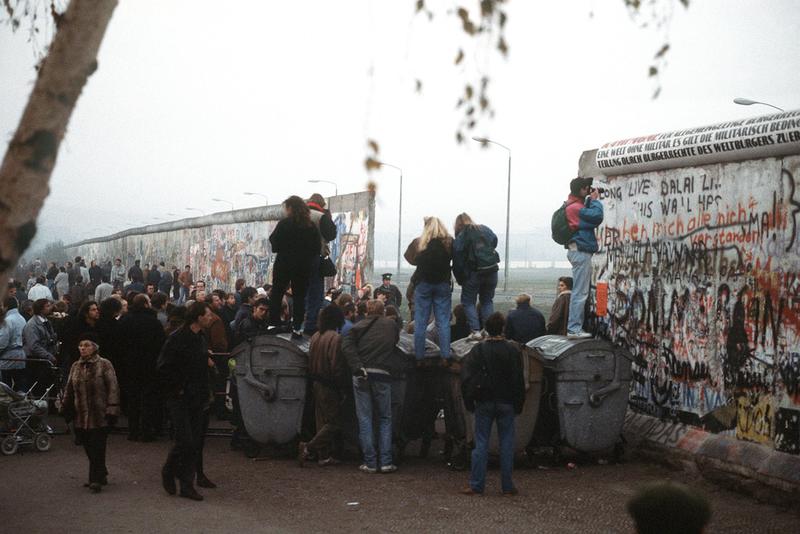
When the wall fell, an estimated 2 million people visited West Berlin on that weekend to celebrate. This was a very joyous occasion that was decades in the making.
The Vegas Wall
When the Berlin Wall was torn down, it was a life-affirming event for those who supported the reunification of the nation and a move away from oppression. Much of the wall was used in German reconstruction projects, and some of it was auctioned off to those interested in owning a piece of history.
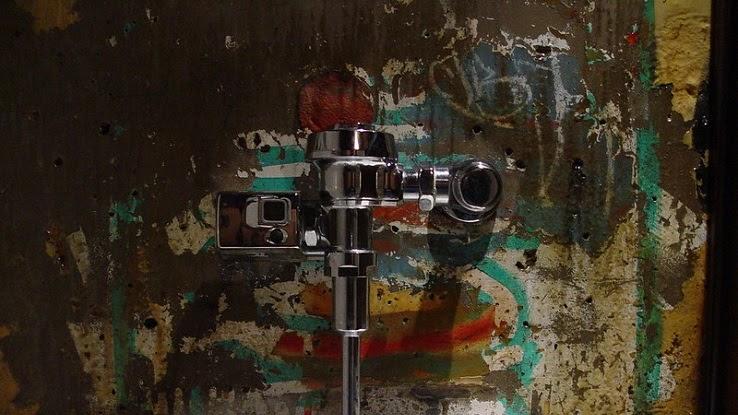
In a curious twist of fate, one section of the wall ended up in Las Vegas. It became part of the men’s restroom in the Main Street Casino. If you’re ever in town to play blackjack, stop by to check it out.
The Pope and The Wall
When the Berlin Wall was torn down, pieces of it went up for sale. You can find segments of the Berlin Wall in various locations across the globe. You can even purchase pieces of the Berlin Wall today online. One of the more noteworthy locations that’s now home to a segment of the Berlin Wall is the Pope’s home.
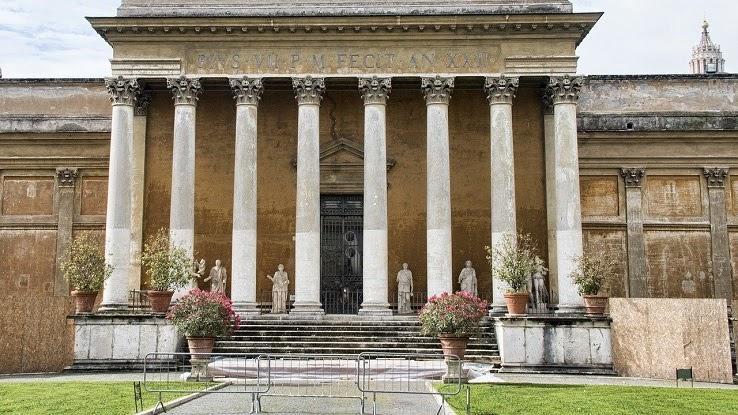
A substantial portion of the Berlin Wall sits in the Vatican Gardens. In addition to elaborate foliage and a helipad, the gardens are home to a piece of German history.





